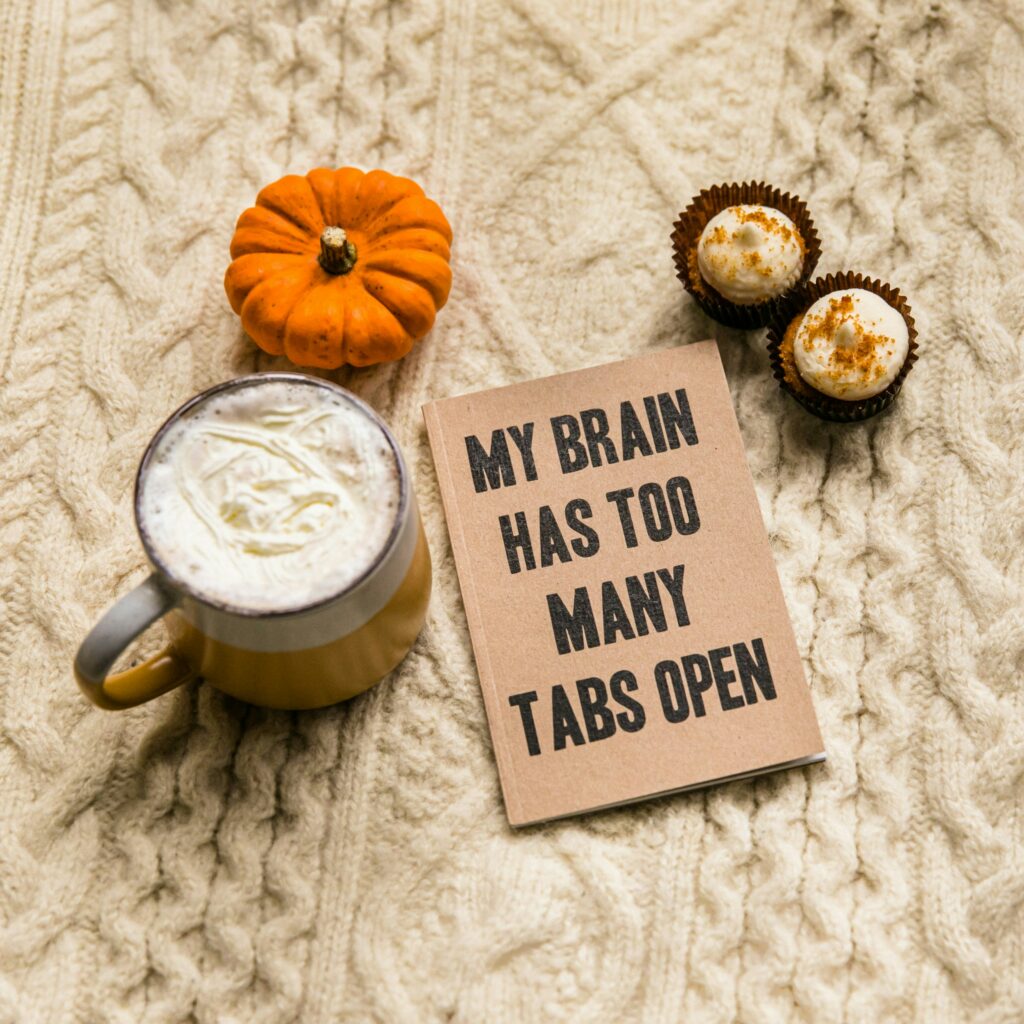Throughout EDCI 568, we have read about different instructional models, including cognitive load theory (Sweller) and inquiry-based learning (Barron & Darling-Hammond). These theories represent contrasting perspectives on how students best acquire and retain knowledge. The cognitive load theory emphasizes the limitations of working memory, arguing that direct instruction is essential for novice learners. On the other hand, Barron and Darling-Hammond advocate for inquiry-based learning, which promotes deeper understanding through active, student-centered engagement in problem-solving and collaboration.
One point of comparison is how each theory approaches problem-solving and student engagement. Research suggests that unguided problem-solving imposes a heavy cognitive load on students, making learning inefficient. He argues that worked examples provide an optimal method for reducing cognitive load and ensuring that students internalize problem-solving strategies effectively. In contrast, Barron and Darling-Hammond present evidence that students develop critical thinking, collaboration, and deeper content understanding when engaged in inquiry-based learning. Research in their work highlights that structured project-based learning can yield equivalent or superior factual learning compared to direct instruction, while also fostering transferable skills.
https://www.ted.com/talks/christina_rocha_the_power_of_inquiry_learning_in_our_times?subtitle=en
https://www.ted.com/talks/peter_doolittle_how_your_working_memory_makes_sense_of_the_world
Implications for My Teaching Practice
As a math educator, I find myself reflecting on the balance between these two instructional methods. While inquiry-based learning aligns with the growing demand for 21st-century skills, cognitive load theory reminds me of the importance of providing explicit instruction. In my classroom, I often employ problem-solving and collaborative activities, but I recognize the need to ensure that students have a strong foundational understanding before engaging in open-ended inquiry.
Cognitive Load Theory (CLT) helps explain why learning can feel overwhelming, especially in subjects like math. Our brains have a working memory, which is like a small notepad where we hold and process new information, but it can only handle a few things at a time and for a short period. If too much information comes in at once, we struggle to process it, leading to confusion and frustration. This is where CLT identifies three types of mental effort: intrinsic load, which is the natural difficulty of the material (like learning fractions for the first time); extraneous load, which comes from poor instruction or unnecessary distractions (like a confusing textbook or a fast-paced lecture); and germane load, which is the good kind of effort that helps us organize and remember what we learn. When students experience math anxiety, their working memory is already occupied with stress and self-doubt, leaving even less space to focus on solving problems. This is why clear explanations, step-by-step examples, and breaking problems into smaller parts can make a huge difference in learning math. By reducing unnecessary mental strain and providing structured support, teachers can help students move information from their limited working memory into their long-term memory, where it sticks and builds confidence over time.

Photo by That’s Her Business on Unsplash
A key takeaway from Barron and Darling-Hammond’s research is that inquiry-based learning is most effective when teachers provide scaffolding and structure. Effective inquiry-based learning is not unstructured discovery but rather a guided process where students apply their knowledge in meaningful contexts. This aligns with the assertion that novice learners benefit from direct instruction before they can engage in independent inquiry successfully. Moving forward, I plan to integrate more structured problem-solving activities, ensuring that students have clear models to follow before they explore problems independently.
Personalization, Social Media, and Student Engagement
Both cognitive load theory and inquiry-based learning have implications for how personalization and social media impact student learning. Excessive reliance on open-ended digital resources could overwhelm students and lead to ineffective learning. Barron and Darling-Hammond, however, highlight how technology, when used effectively, can enhance engagement and provide opportunities for collaboration. Inquiry-based approaches that integrate digital tools, such as project-based learning with multimedia resources, can help students connect learning to real-world problems.
As an educator, I recognize that social media and personalized learning tools must be carefully curated to maximize student learning. Rather than allowing students to engage in unstructured exploration, I plan to design inquiry-based projects that incorporate structured guidance while leveraging technology’s ability to facilitate collaboration and critical thinking. This approach aligns with both theories by ensuring students receive direct instruction while also applying their learning in meaningful ways.
Future Directions and Reflections
I see the value in integrating cognitive load theory with inquiry-based learning. While direct instruction ensures knowledge acquisition, inquiry-based learning fosters deeper understanding and application. Moving forward, I aim to create lessons that combine both approaches—introducing concepts through structured examples before transitioning to guided inquiry and problem-solving activities.
Ultimately, this course has deepened my understanding of instructional design, reinforcing the need for a balanced approach that considers both cognitive limitations and the benefits of active, inquiry-driven learning. By strategically integrating these theories, I hope to create a more effective and engaging learning environment for my students.




Leave a Reply